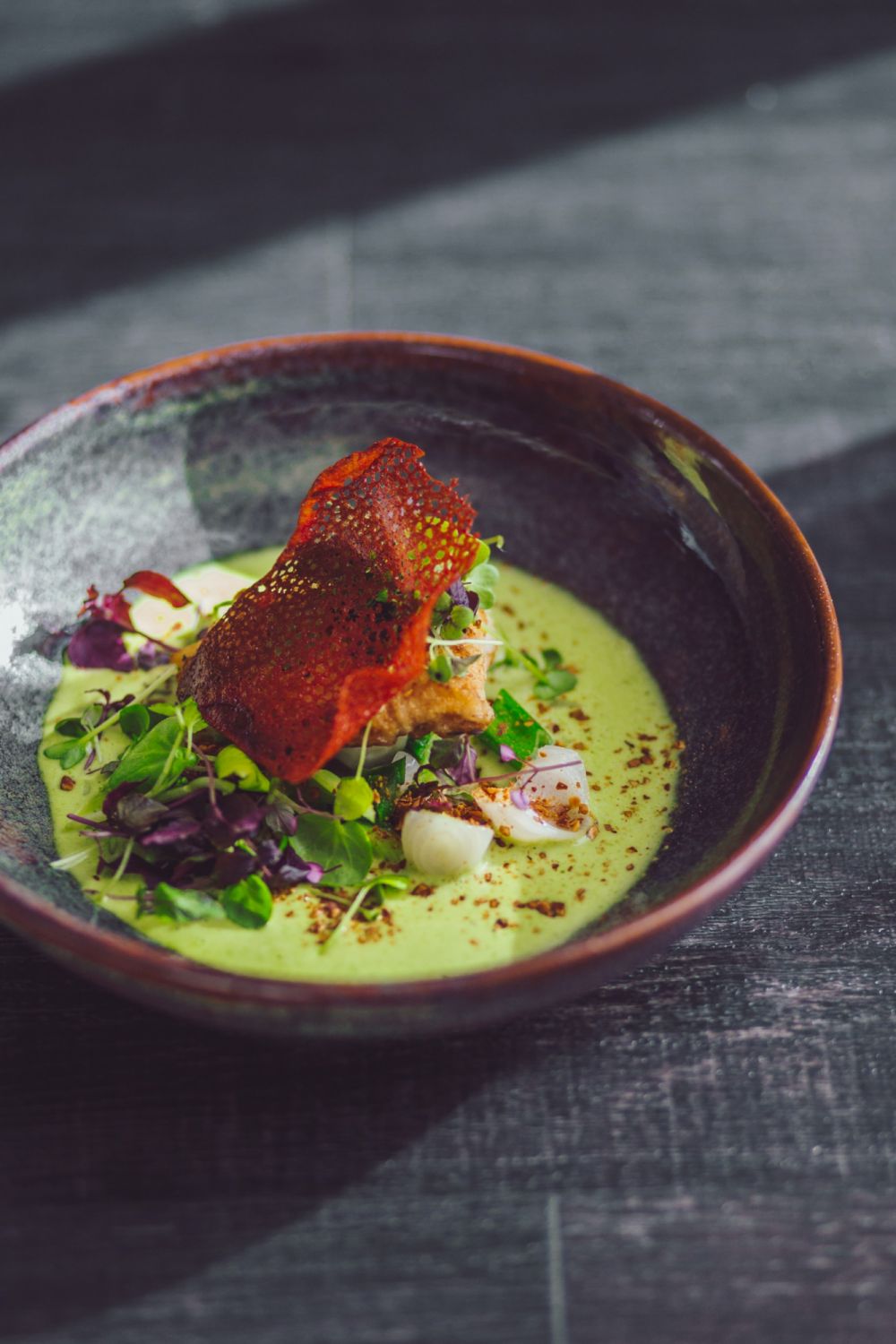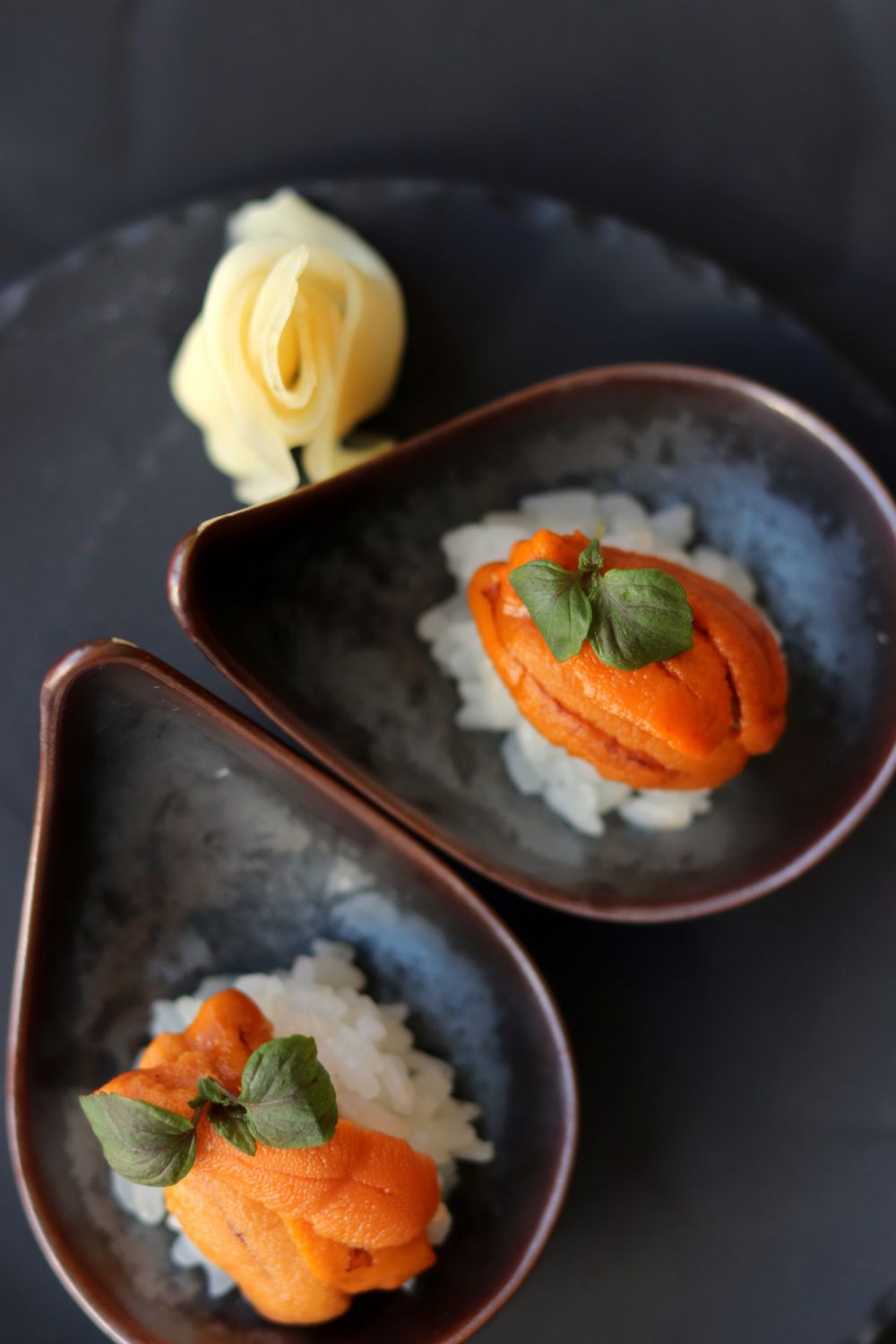We talk to Miko Calo to understand what needs to be done to ensure that chef collaborations go swimmingly
There certainly is an art to creating a menu and crafting a dining experience. I for one have been to several chef collaborations, be it a four-hands or six-hands event, and let’s just say many have left a lot to be desired. With too many cooks in the kitchen (literally), there are bound to be some clashing of opinions and challenges in ensuring a cohesive menu.
Often, brilliant chefs showcase famous menu items from their respective restaurants during these pair-ups. However, as thrilling as this may be for diners to experience a guest chef for the first time, those who are loyal patrons of said chef would have attended the unique event just to dine on something they’ve already relished, perhaps even on more than one occasion. Alternatively, each chef may be cooking up a dish from a varying cuisine, one that may not match or complement what their counterparts are preparing–I’ve been there, and it’s a strange journey for the palate.
See also: These are the best wedding cake designers in Metro Manila

What makes these collaborations between culinary greats so fascinating and remarkable is when they hone their talents as a unit—to craft a tasting menu that takes diners on a well-planned adventure towards the same direction. When talented minds come together and are able to coax out the best from one another, magic truly happens.
I think you’d agree that when joint dinner services go well, they become dining experiences that remain cemented in our brains as all-time-favourites. When working in unison, well-choreographed and thought through, these chefs produce unbelievable pairings and reveal eye-opening points of view that keep us diners wowed.
See also: Inglorious perfections: A deep dive into the art of fine-dining plating



